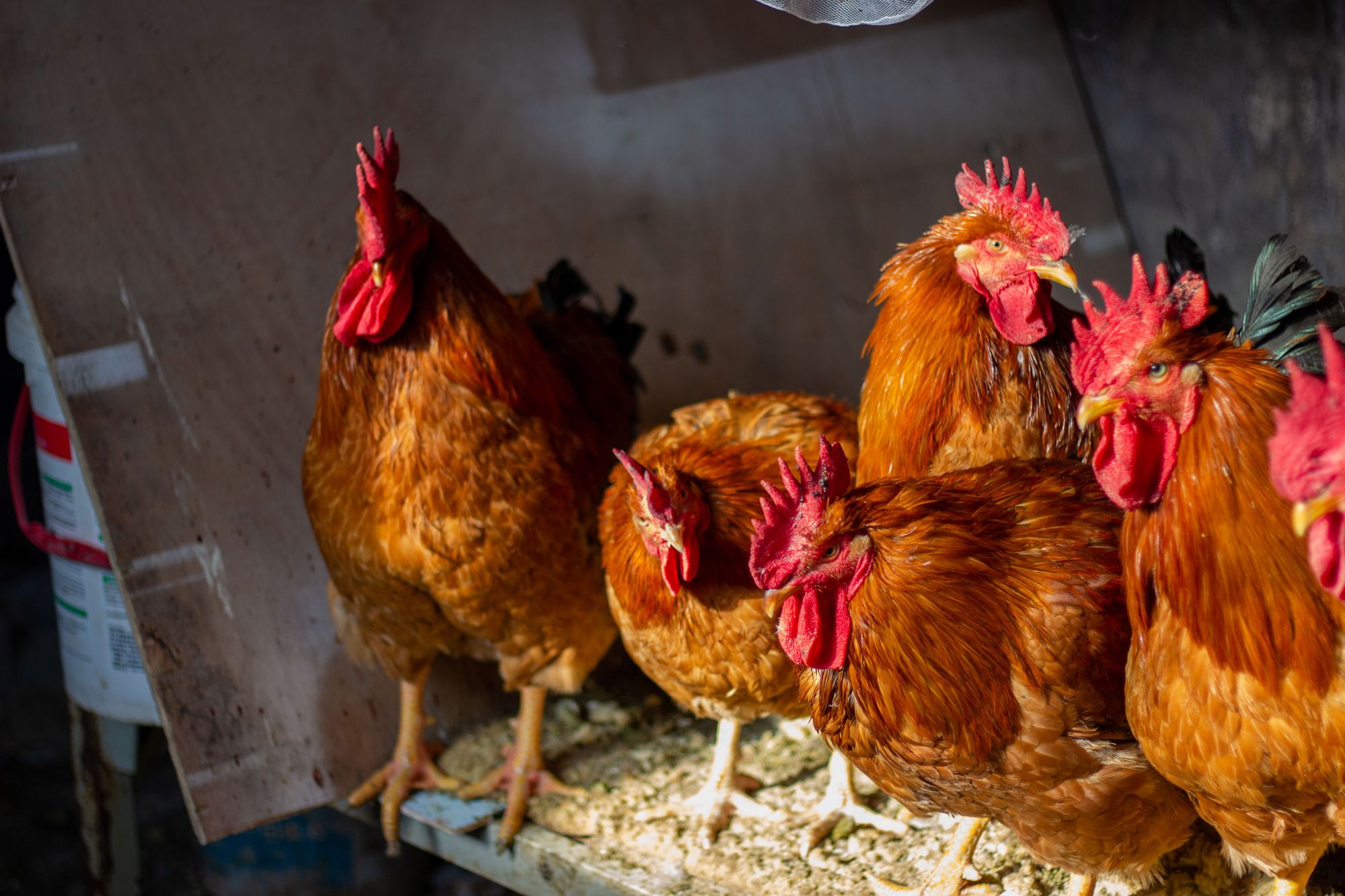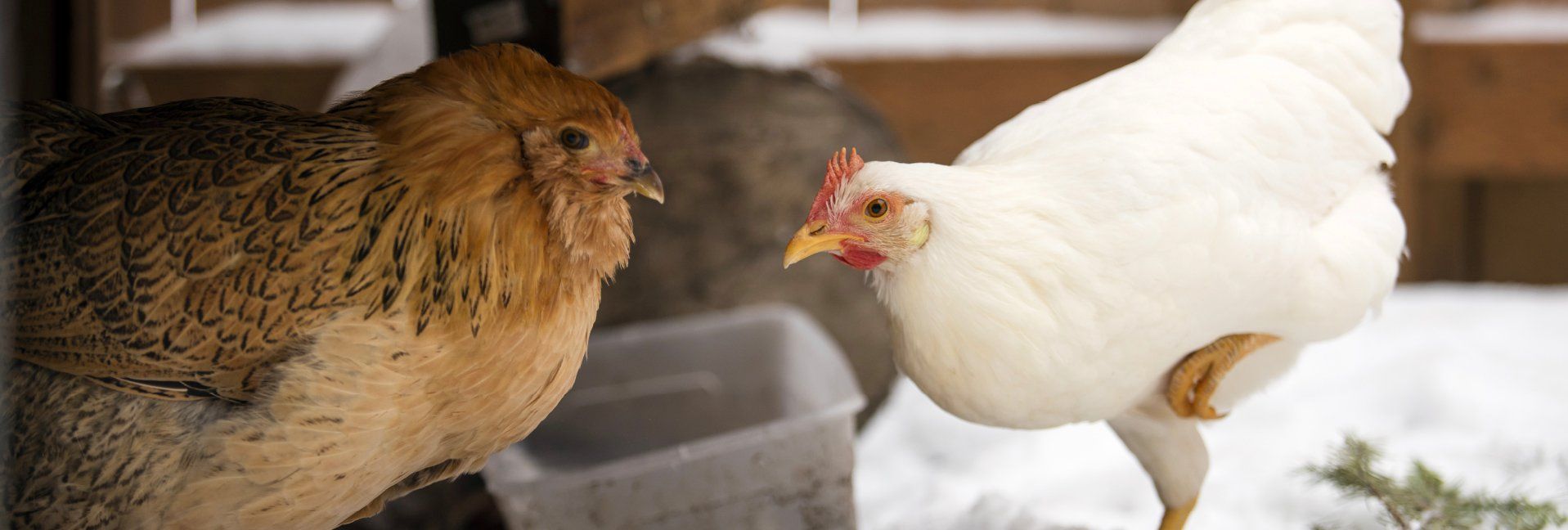Does Odor Control Equal Ammonia Control?


Eight coop odor products tested for effectiveness
Anyone who has been keeping chickens for a while will understand that sometimes flocks stink. Not in a bad way usually, just in the odorous sense of the term. For whatever reason, sometimes chickens can overwhelm our senses. That is when many flock owners turn to the array of products out there for sale that help with odor control in the coop.
It has been a long time since the opportunity to test out different coop odor control products has presented itself to me. The array of products out there is impressive compared to several years ago.
It used to be that there was just a couple of products and that was it. You could just go buy a big sack of lime at the feedstore and hope that it did the trick, but lime does not always work.
Then there is the smell itself. Most problems with coop odors come from ammonia, which has negative side effects on the health of your birds. Fortunately, we can measure ammonia levels using measuring devices to determine the levels that are present.
Ammonia control is not necessarily odor control, although it is a big part of the equation.

Trial design
This small trial was designed using the Hatching Time Grow-Out Cages which have trays beneath each level. The dimension of each manure tray was 20 inches wide, 36 inches long and 1.5 inches deep. Each level held 3 broiler chickens. We tested each tray for ammonia before and after application of the product. That means that each tray served as its own control and we wanted to use that tray’s ammonia level as the starting point for each product.

The ammonia levels were determined using a RAE Systems pump. The ammonia tubes detected between 5 and 100 parts per million (ppm). All numbers reported in this trial are listed in parts per million.
An empty bucket with a small hole in the center bottom was turned over on the tray for 5 minutes to allow ammonia to collect in the bucket. Then the ammonia tube was inserted in the pump, the other end of the tube was put in the bucket, and a sample of air was slowly withdrawn and measured. The bucket was then removed and product was applied. We waited 5 minutes and then placed the bucket over the tray for another 5 minutes and resampled the air for ammonia.
There were a total of 16 trays. Only one product was tested on each tray so that means each product was tested twice. On day one of the trial, the trays held 3 days of accumulated droppings. On day two, they held 4 days of accumulated droppings. No tray was tested more than once for this trial.
If the product contained instructions on how much to apply or how to apply the product, those instructions were followed. However, most products did not contain specific information on how much to apply. In those cases, the product was spread evenly over the surface of the tray in order to fully cover all droppings. The average level of ammonia before and after application of the product was calculated.
The products
A search of available products on popular internet sites yielded several to choose from. The search for these items included terms such as chicken coop and odor control. Eight were chosen at random and purchased.
These products, in alphabetical order, are as follows: Chick Fresh, Coop N Compost, Coop Recouperate, Dookashi, Fresh Coop, Smelleze, Sweet Coop, and Urban Coop Care. All but two products were granular in nature. Chick Fresh was a liquid in a spray bottle. Dookashi was a rice bran based product.
Some products were in a well-designed shaker can or bottle, making it easier to shake over the tray. Other products arrived in resealable pouches, or in the case of Chick Fresh a spray bottle. Handfuls of dry product were the only option for trying to spreading it evenly over the tray. The smaller shaker bottle was easier to grip, hold, and shake over the tray.
What did we learn?
All of the products knocked back ammonia levels to some degree. For control of odors, all products significantly reduced the smell coming from each tray.


There is no way to measure odors which is why we measure ammonia, which is more harmful.
The product that had the most pleasant smell, in my opinion, was Chick Fresh because it reminded me of the holidays.
Both Smelleze and Urban Coop Care were slightly green in color. Other granular products were gray in color. Not all products listed the active ingredients so it is difficult to compare why each was the color it was as well as determine the mode of action.
The effect of the coop odor control products did not appear to last more than a day, so reapplication was an important component to the continued benefit of odor control.
Chicken Coop Odor Control Product Comparison - Ammonia Levels
Before Treatment, After Treatment, Difference
Sweet Coop
10, 2.5, 7.5
Smelleze
27.5, 7.5, 20
Fresh Coop
42.5, 10, 32.5
Dookashi
32.5, 2.5, 30
Coop N Compost
25, 10, 15
Coop Recouperate
17.5, 2.5, 15
Urban Coop Care
75 17.5, 57.5
Chick Fresh
10, 7.5, 2.5
If given the choice of a granular product, I preferred those with bottles that made it very easy to apply or shake the product evenly. These products may or may not have refills that you purchase. I like the idea of investing once in the shaker container and then buying refills for it. So that makes the Coop N Compost and Fresh Coop products my preference.
However, the large size of the Fresh Coop container made it more of a two-handed shaking process. Chick Fresh was my choice of product for the overall scent which was outstanding and strong. It was also easy to lift and spray over the surface of the tray.
Going forward
Can we render our coops into sweet smelling places of poultry paradise every single day? Probably not, but some of these products get us close. Will they need to be applied daily to have the desired effect? In some cases that answer is yes.
About the author
Dr. Brigid McCrea, PhD, is a poultry scientist who has worked with small flock owners for more than a decade. Her expertise is being utilized at Auburn University in the development of curriculum for 4-H Youth Development's Animal Programs.
Tags:Hands-on Help

Chicken Whisperer is part of the Catalyst Communications Network publication family.










